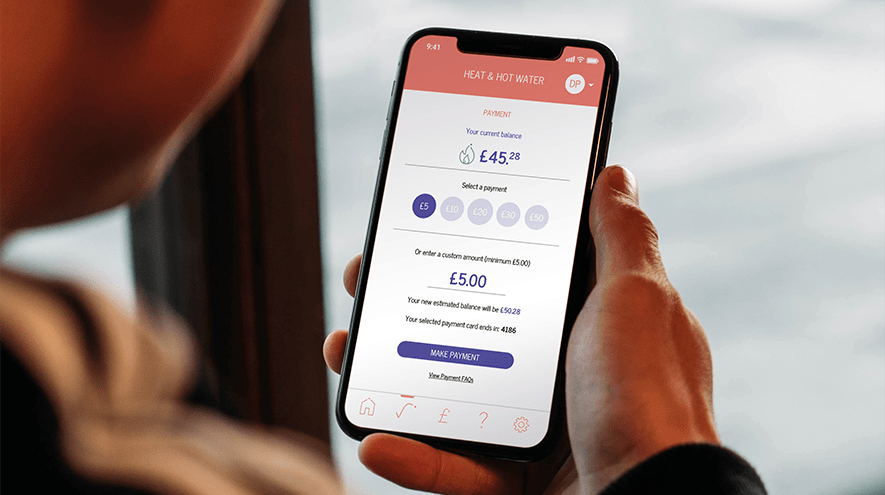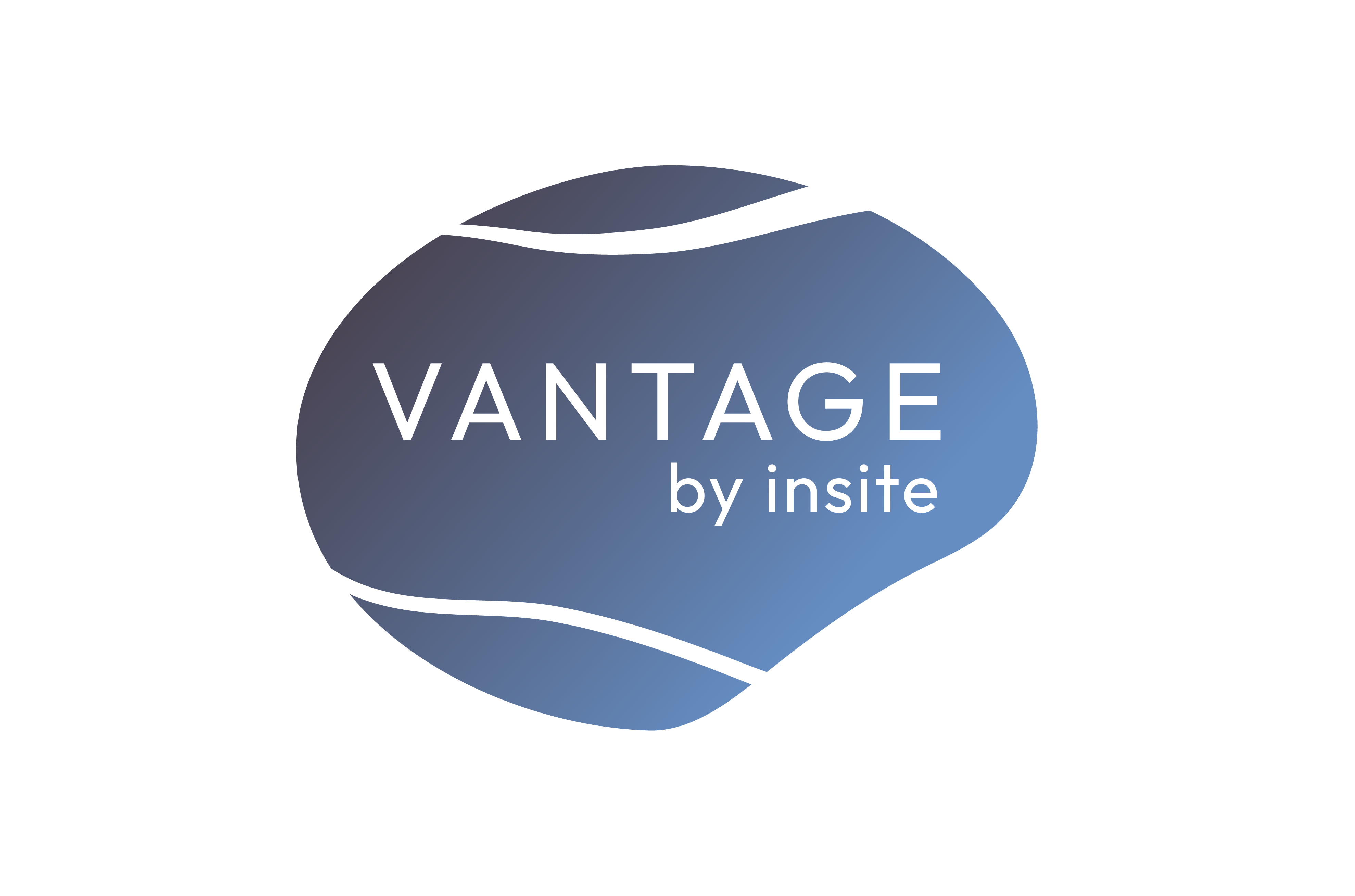
Decide on the right metering & billing solution for you in five easy steps
25th October 2023Written by: Emily Lister, Sales & Marketing Director at Insite Energy
Insite Energy emerged on the market to provide options to housing providers and property managers when choosing a metering & billing system for their heat network. We are proud to share that we currently offer and operate four metering & billing solutions with numerous bespoke alternatives available to cater to your specific needs.
Making the right choice, however, is not always straightforward, as not all solutions may be suitable for your heat network. Luckily, we’re here to help.
If you need an answer quickly, take our quiz. Alternatively, read on to find out more about the questions to ask yourself when thinking about the best solution for you and your heat network.

Figure 1: Insite's four metering & billing solutions: KURVE, Secure Liberty Connect & Pipit 500, Guru Hub II, and monthly credit billing.
Step 1: Retrofit or new build?
First, consider whether your metering & billing system will be installed as a retrofit on an existing heat network development or within a new build. Insite Energy offers a variety of options to suit your situation:
-
KURVE: If you're looking for a straightforward wired M-Bus connection, KURVE is the solution for you. With no expensive in-home displays required in the properties, the cost savings here are significant while your customers will be given access to a high-quality digital product.
-
Secure Liberty Connect: With its wireless and SIM-based connectivity, Secure offers reliability, especially in retrofit situations.
-
Guru Hub II: This wireless solution is great for new builds with a strong internet connection essential for the Zigbee mesh network to be fully operational.
-
Credit billing: Monthly credit billing can adapt to various connection types, including both wired and wireless.
Our recommendation:
For new builds, opt for wired connections like KURVE for enhanced reliability and better data monitoring, which will help with the future operation of the heat network. For retrofit projects, go with a wireless solution as they don't require invasive wall teardowns for wiring.
Step 2: Open or closed protocol software?
Next, examine the existing software protocol in place. This crucial step impacts your flexibility in choosing a solution. If you currently have an open protocol system, you can easily switch to any of our solutions. In contrast, a closed protocol system may limit your choices.
Our recommendation:
Consider an open-protocol based system for future flexibility, like KURVE or credit billing. If you opt for a closed protocol system, you may need to pay licensing fees to the built-in software to have continued access to your basic meter data. Open protocol is thus a valuable investment in your long-term flexibility.
 Figure 2: Residents can top-up their KURVE account on the go at any time with real-time updates of their account balance – one of the many factors that results in KURVE accounts have 88% less debt than credit billing accounts.
Figure 2: Residents can top-up their KURVE account on the go at any time with real-time updates of their account balance – one of the many factors that results in KURVE accounts have 88% less debt than credit billing accounts.
Step 3: Debt Management
Debt management is a vital aspect of choosing your metering and billing solution. With pay-as-you-go (PAYG) systems, residents' energy supply is cut off when their credit runs out, significantly minimising debt risk. You can also apply a debt recovery rate on most PAYG devices, meaning that if debt is accrued, the resident will pay it off as a proportion of any top-ups made (typically 10-25%) while maintaining continued access to their heating & hot water. The KURVE web-app, in particular, empowers users to top up their accounts from anywhere at any time, contributing to KURVE accounts having 88% less debt than traditional credit billing customers.
Even if debt management isn't currently a concern in your development, the unpredictability of energy prices and the cost-of-living crisis may make it more challenging for households to manage their energy bills. If customers cannot pay their bills, this ultimately impacts your ability to pay the incoming fuel bill.
Our recommendation:
In most instances, we would recommend a PAYG solution as it has not only proven to help reduce debt, but it is often easy to set these systems up in credit mode if preferred for individual customers. It is always key to think about your customers and select a flexible solution that allows you to tailor on a customer-by-customer basis.
Step 4: Credit billing or PAYG?
Decide whether you want your residents to be credit billed or use a PAYG system.
Credit billing usually allows for data to be transferred more easily and avoids Software-as-a-Service (SaaS) fees. However, in many cases PAYG systems allow for better energy monitoring. When deciding between credit billing and PAYG systems, costs is, as a result, a big part of the conversation.
As credit billing usually requires less hardware the initial capital expenditure required is often less compared to PAYG systems. However, looking at the operational costs, PAYG may be more favourable as it allows for better energy monitoring and debt control. This helps heat providers to spot issues that may require maintenance works more quickly. Access to consumption data has also proven to reduce energy usage by residents, again reducing the operational costs of the heat network.
Looking ahead, credit billing requires less built-in contingency for replacement expenditure (RepEx) with less equipment to install. However, new digital PAYG solutions on the market can help to minimise these costs. The 10-year RepEx costs for KURVE is, for example, 97% lower than that for traditional PAYG systems.
Our recommendation:
First, we recommend reading our mini guide, which explains the difference between PAYG and credit billing in detail. If you’re still unsure, opt for PAYG, as it's easier to switch between credit billing and PAYG modes, and provides enhanced control. A mix of both billing methods may be suitable, especially for communities with vulnerable residents.
Step 5: Metering & billing strategy
Ultimately, your metering & billing choice depends on your current metering & billing strategy:
-
In-house: If you’re equipped with the technology and expertise to manage metering & billing in-house, select a system that is user-friendly and easy to operate. You may be managing a lot of other aspects of the development, so the metering & billing system you choose should be reliable and not cause any headaches.
-
Third-party: Third-party providers have in many cases seen and supported multiple different heat networks each with their own unique quirks. Consider utilising their expertise when enquiring about a metering & billing solution for your heat network.
-
Managing agent: If you have a managing agent in place, assess how they currently handle metering & billing, and take their requirements into consideration when choosing a system.
Our recommendation:
Whichever route you choose, make sure you’ve got a future-proofed metering & billing strategy in place, so the services provided to your customers are ready for Ofgem’s impending regulation of the heat network industry.
Insite Energy are continuously developing new solutions to meet the evolving needs of our clients. In fact, we are currently working on an entirely new billing system based on a wireless LoRaWAN connection. To receive personalised recommendations, don't hesitate to get in touch with us.


